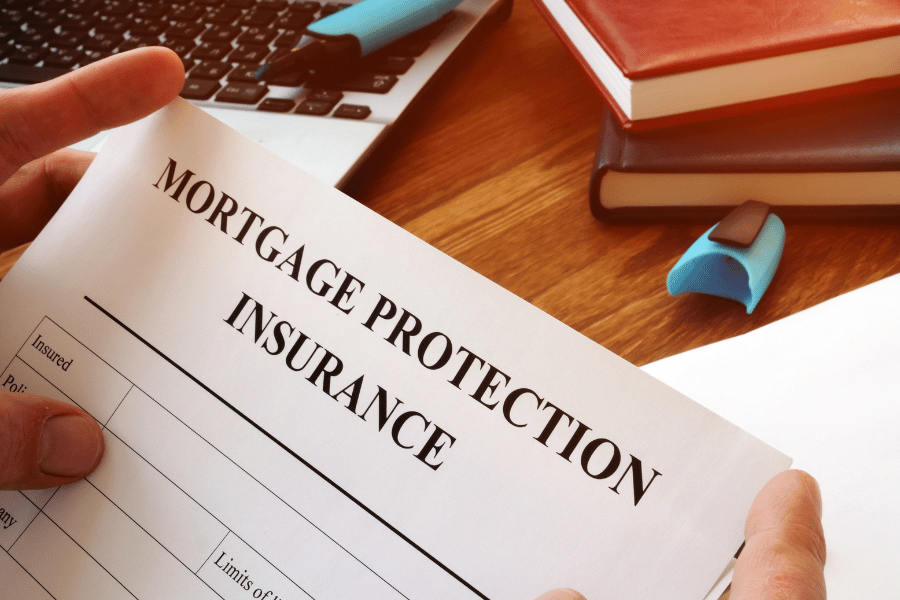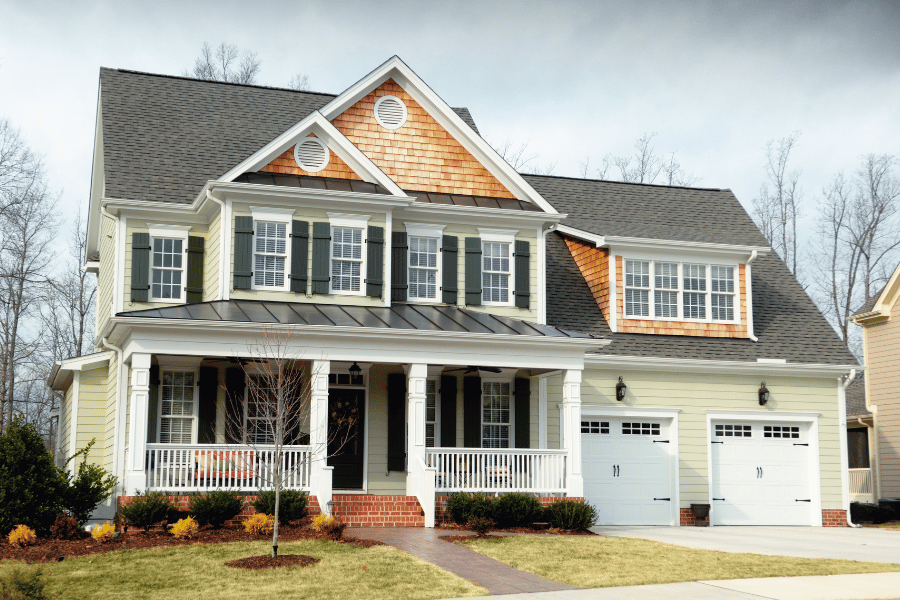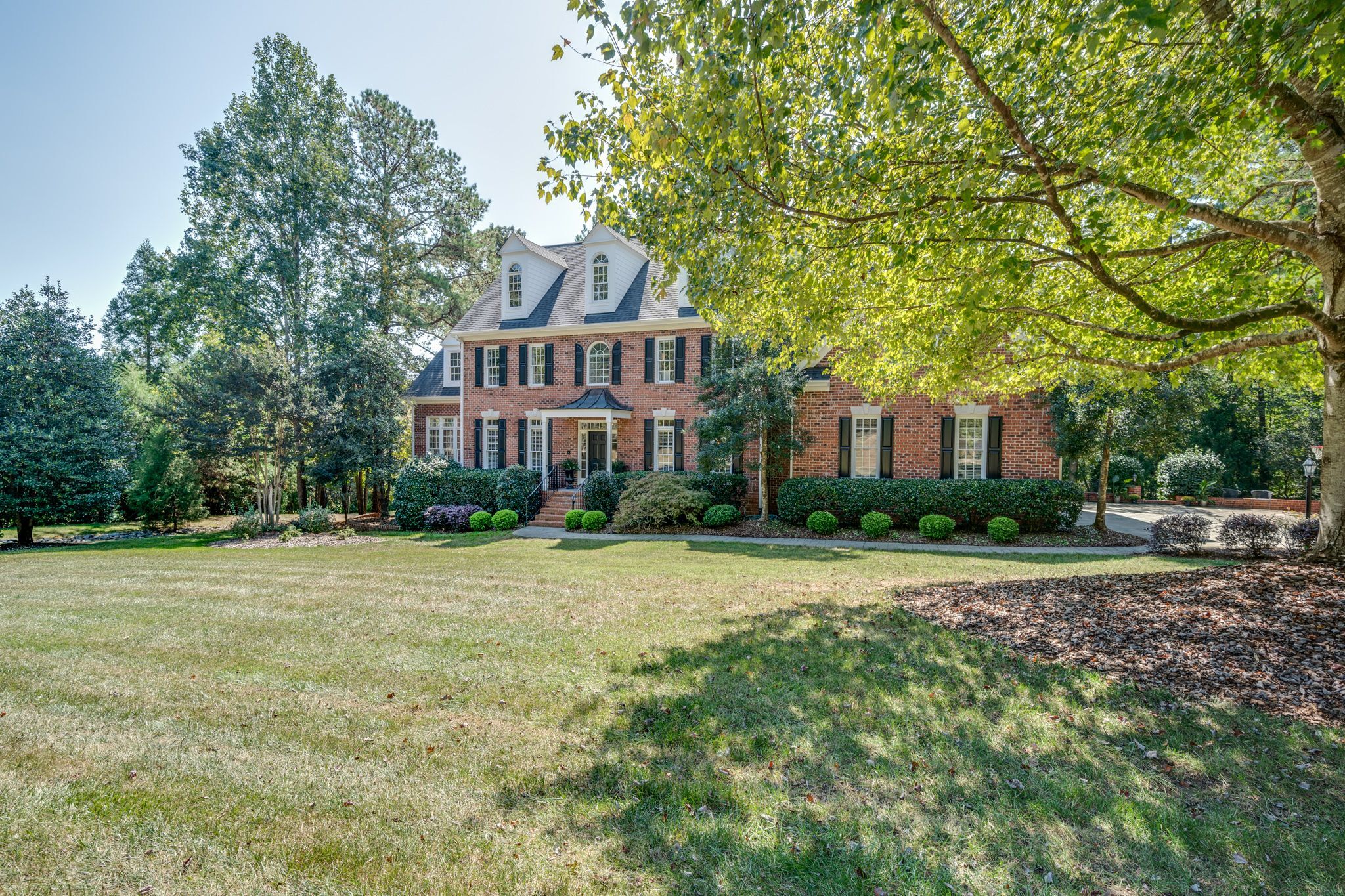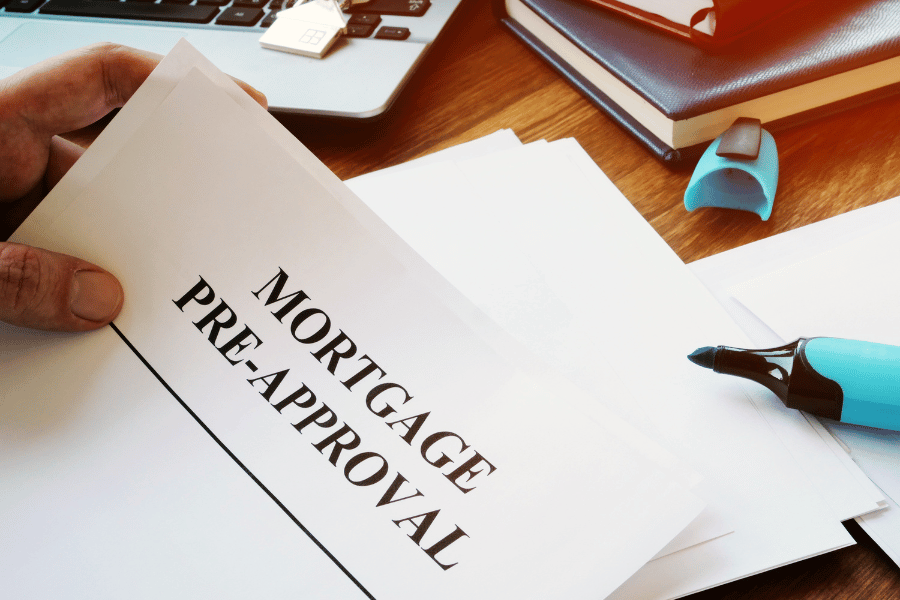7 Tips: How to Get Rid of Private Mortgage Insurance (PMI)

How to Get Rid of Private Mortgage Insurance (PMI)
Are you searching for ways how to get rid of Private Mortgage Insurance (PMI)? Here are seven tips to help you understand how Private Mortgage Insurance (PMI) works and how to remove it from your home loan.
Many people may wonder what mortgage insurance is when they first connect with a lender, and you're not alone. When buying a home for the first time, buyers are often surprised to learn that several additional costs go into the home purchasing process beyond just the mortgage payment.
Private mortgage insurance, or PMI for short, is one of the fees that may be associated with your home purchase, depending on the amount you include in your down payment. Private mortgage insurance is a fee borrowers pay to protect the lender if the homeowner defaults on their loan.
Private mortgage insurance is only required if the individual puts less than twenty percent down on their home purchase. For those who plan on putting down twenty percent or more, private mortgage insurance will not apply.
Mortgage lenders typically consider homeowners who put down less than twenty percent to be riskier borrowers when compared to those who put down twenty percent or more. If the borrower defaults and can no longer meet their mortgage payments, the lender can fall back on the private mortgage insurance the homeowner has been paying from the time they initially purchased the home.
Sometimes, the only way someone can get a preapproval is if they put down less than twenty percent; in that scenario, private mortgage insurance will cover the rest.
If you are currently paying for private mortgage insurance, or you are on the hunt for a new home and are just learning about private mortgage insurance, this article will delve into what private mortgage insurance is, how to get rid of it, and how to avoid it altogether.
Here is how to get rid of private mortgage insurance
Chapters
1. Pay Down Your Mortgage
Homeowners can request to have private mortgage insurance removed when they attain 80 percent equity in their homes. Alternatively, private mortgage insurance may automatically terminate on its own when you reach 78 percent home equity.
When you have reached 20 percent equity in your home, you will most likely have to write a letter to your lender requesting the cancellation of the private mortgage insurance. If you are up to date on your mortgage payments and have a strong payment history, you will most likely not have much trouble canceling the private mortgage insurance. However, if you have had a spotty history and have missed several payments in the past, your lender may not be able to cancel the private mortgage insurance right away.
In addition to reviewing your payment history, the lender will most likely check to ensure there aren't any other liens on the home and any other requirements included in the original agreement when you obtained the loan.
Some mortgage lenders might also require a home appraisal before terminating the private mortgage insurance. In doing so, they are checking to ensure that your home's value is still the same or higher than what it was when you initially purchased the property. If your home's value has declined, you may be unable to cancel the private mortgage insurance immediately.
The sooner you pay down your mortgage, the faster you will eliminate the added expense of private mortgage insurance. Even putting an extra $40 or $50 per month towards your mortgage can make a significant difference in eliminating private mortgage insurance. A portion of your bonus payments or some other additional cash that comes in each year can also be used to make large lump-sum payments toward your loan each year.
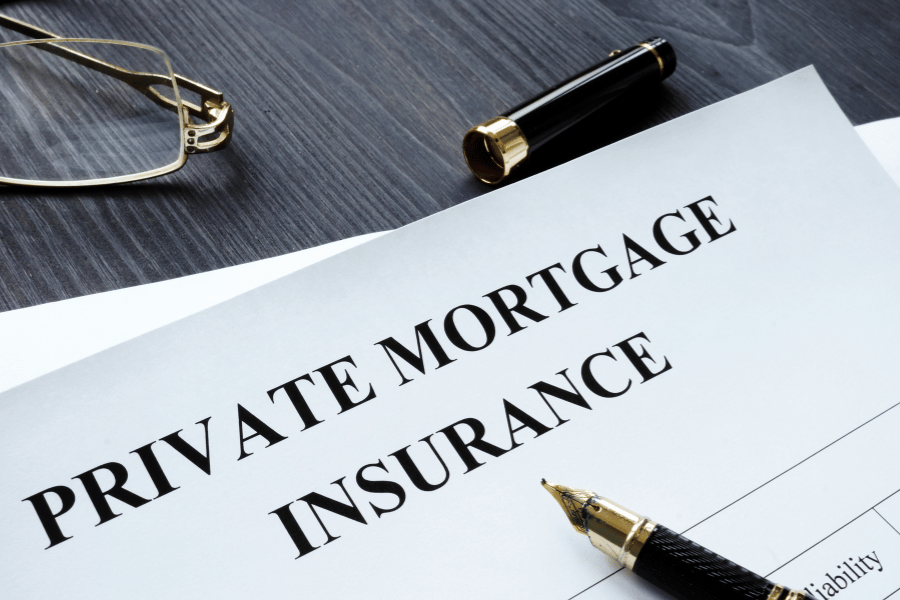
2. Home Value Increases
If you live in an area with home values that are rising quickly, it is possible that your home value has increased so much it has pushed your home out of the range required for private mortgage insurance. However, to cancel private mortgage insurance based on your home's current value, you must have a loan-to-value ratio of 78 percent and have had to own your home for at least two years.
This might also apply if you have made significant changes to your home, such as renovating your kitchen, bathroom, or basement. If your home is located in an area with rising home values and/or you have made significant upgrades, speak with your mortgage lender about eliminating private mortgage insurance.
Your mortgage lender may require a new appraisal, which you will most likely have to pay for. Appraisals typically tend to run between $300 and $500. Other mortgage lenders allow broker price opinions, which is typically a cheaper and faster option when compared to an appraisal.
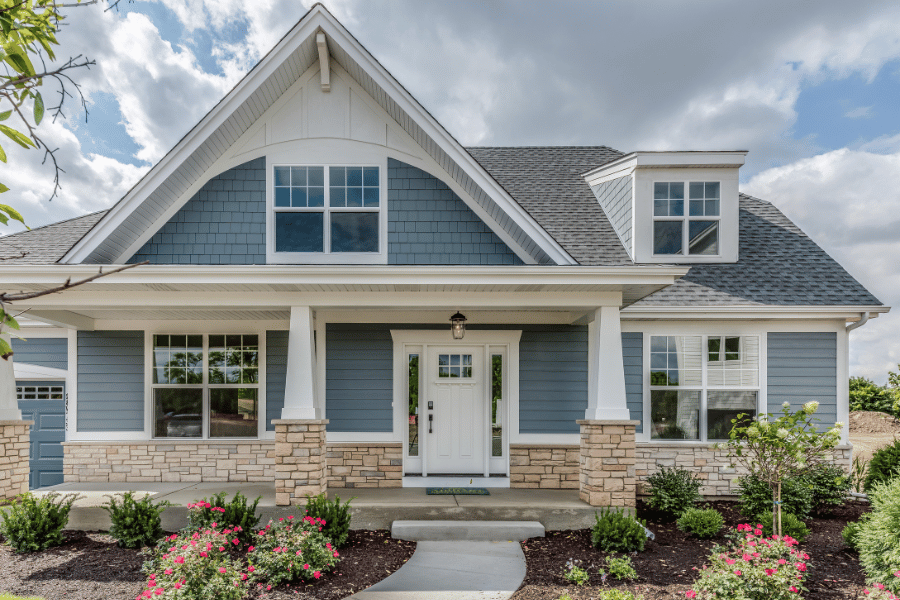
3. Reach the Halfway Point in Your Loan Cycle
Typically referred to as "final termination," mortgage lenders must end private mortgage insurance when you reach the halfway point in your loan. For example, if you have a loan with a 30-year amortization rate, your lender must end the private mortgage insurance when you reach 15 years in your loan cycle. This applies even if you have not yet reached 78 percent home equity.
4. Refinance Your Loan
If mortgage rates have dropped, it might be a good time to refinance your mortgage. In doing so, you could save a considerable amount in interest payments. Beyond that, you might also increase the equity you have in your home, leading to eliminating private mortgage insurance faster. I
f you choose to refinance your mortgage, you will have to pay closing costs to do so. Weigh the closing costs against the number of private mortgage insurance payments you have left to determine which option is more cost-effective. If you have owned your home for less than two years, you may encounter some pushback from your lender when refinancing to eliminate private mortgage insurance.
Additionally, ensure that home values in your area are on the rise when you choose to refinance, as refinancing a property when the home value has declined could actually add even more private mortgage insurance to your home.
5. Find a Loan Program that Doesn't Require Private Mortgage Insurance
The first way to avoid private mortgage insurance without putting 20 percent down is by opting for a loan program that doesn't require private mortgage insurance, such as an FHA or VA loan. While other fees will be involved in these loan types, you won't pay for private mortgage insurance.
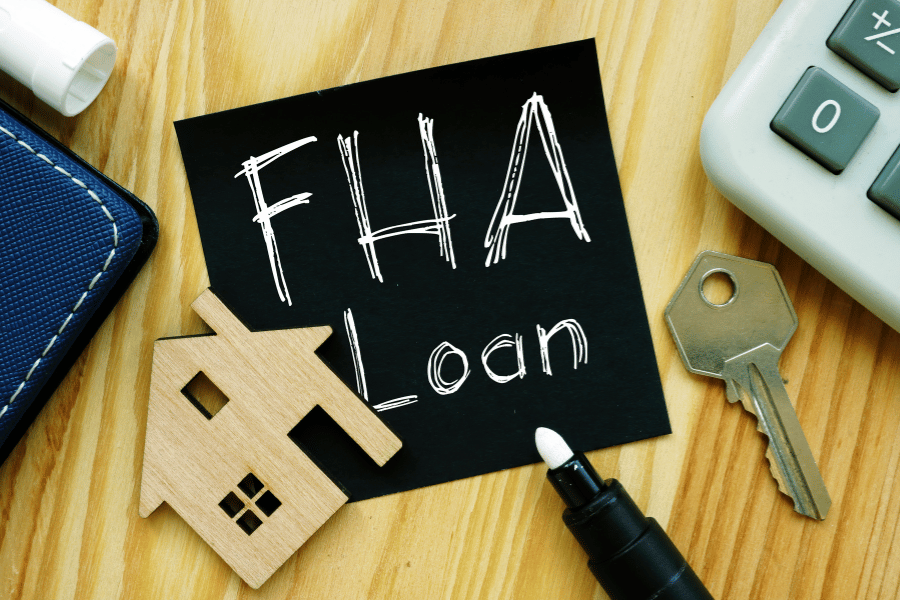
6. Use Lender Paid Mortgage Insurance
Alternatively, you can find a lender offering lender-paid mortgage insurance (LPMI). With lender-paid mortgage insurance, the lender pays for the private mortgage insurance. However, LPMI typically involves a higher interest rate, so be sure to compare both options before agreeing to it, as paying for private mortgage insurance might be the cheaper option.
7. Obtain an 80/10/10 Loan (also known as a "Piggyback Loan")
Another option is taking out two separate mortgages to have the funds needed to put down 20 percent on the home. This option is typically called a "piggyback mortgage" or an "80/10/10 loan." Here's how that works:
The first mortgage covers 80 percent of the home price, while the second mortgage covers 20 percent. 10 percent of the second mortgage can cover the mortgage itself, while the remaining 10 percent covers the down payment. In the first loan, the 80 percent portion is typically a fixed-rate mortgage spanning 30 years, while the remaining 10 percent is a home equity line of credit.
As with any option that seems too good to be true, there are some downsides to the 80/10/10 or piggyback loan. Because you are applying for two loans at once, you must qualify for both the mortgage and the home equity line of credit, which can be difficult depending on the situation. Additionally, taking out a home equity line of credit comes at a higher interest rate, so paying for private mortgage insurance may be cheaper, depending on the interest rate.
To qualify for an 80/10/10 loan, you will need strong credit, stable income/employment history, a debt-to-income ratio that doesn't exceed 43 percent, and a down payment of 10 percent. The first mortgage might not need a high credit score, but the second mortgage for the home equity line of credit will most likely require a higher score. For those of you using Credit Karma to track your score, you can learn more about how accurate Credit Karma is.
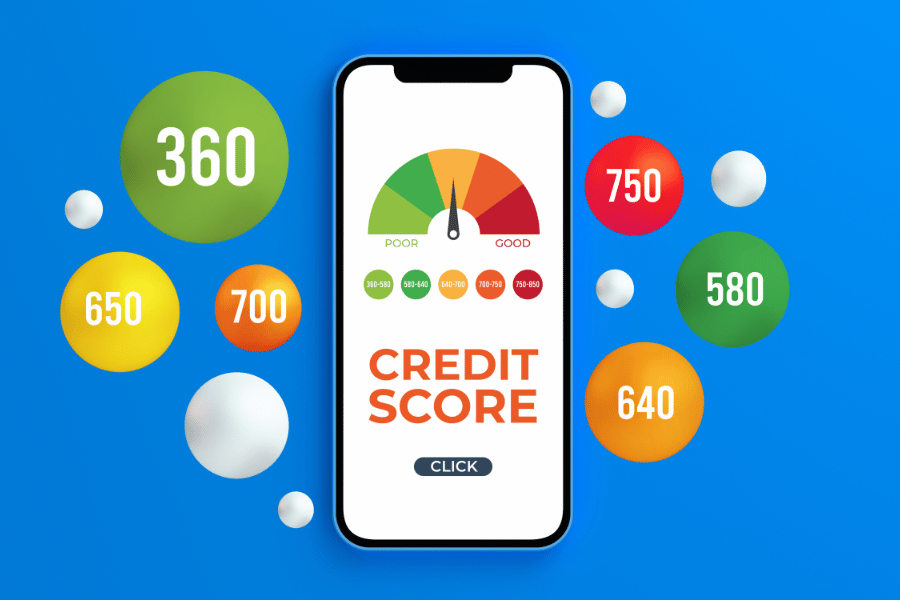
FAQs
Is obtaining a conventional loan from my lender worth it if they do not require PMI?
When avoiding private mortgage insurance, some borrowers may consider obtaining a conventional loan through a private lender, as private lenders sometimes offer loans with low down payments that don't require private mortgage insurance. However, these loans might also come with significantly higher interest rates, so getting a loan that requires private mortgage insurance may be more cost-effective.
When presented with a conventional loan that doesn't have private mortgage insurance, always make a comparison between what you will pay in interest, private mortgage insurance, mortgage insurance premium (if obtaining an FHA loan), and the down payment minimum to ensure you're getting the loan that best meets your financial position.
What does private mortgage insurance cost?
Private mortgage insurance is typically contingent on the amount you include in your down payment and your credit history. While it will vary, private mortgage insurance tends to cost between 0.5 percent and 1 percent of your mortgage.
Private mortgage insurance is recalculated yearly and decreases as your loan amount decreases. Some people ask if it's worth using their retirement fund or 401k when buying a home, and it's not something I would recommend. Leave that money where it is and find another way.
Is it worth paying for private mortgage insurance or continuing to rent until I can afford a bigger down payment?
After obtaining mortgage pre-approval, calculate your mortgage rate and the cost of private mortgage insurance. When doing the private mortgage insurance calculation, it is probably best to assume the maximum amount, at 1 percent, just to be safe.
After coming to that calculation, compare that number against rental prices in your area or against the rental price for the space you're renting currently. From there, you can consider the following: Will renting give you more time to improve your credit and put money aside for a down payment? Or is it better to pay the private mortgage insurance or mortgage insurance premium and begin putting equity into a home rather than rent?
What are the different types of private mortgage insurance options available for purchase?
There are four main types of mortgage insurance available for borrowers to purchase:
-
Borrower Paid Mortgage Insurance
Borrower-paid mortgage insurance is the same as private mortgage insurance. It is tacked onto the mortgage payment and can be canceled when the borrower reaches 80 percent equity in the home.
-
Single-Premium Mortgage Insurance
When the borrower opts for single premium mortgage insurance, that means they are making one large lump-sum payment for the insurance upfront. The downside is that this payment is non-refundable, so if you choose to move a year or two after paying for the single premium mortgage insurance, you cannot get that money back. Single premium mortgage insurance is typically combined with the closing costs on a home.
-
Lender Paid Mortgage Insurance
Lender-paid mortgage insurance is when the lender pays for the mortgage insurance. This may come with a higher interest rate, however. Lender-paid mortgage insurance cannot be canceled, but the interest rate will decrease when you reach 22 percent equity in the home. Buying a home in an environment with rising interest rates can pose challenges and sometimes opportunities.
-
Split Premium Mortgage Insurance
Split premium mortgage insurance is when the homeowner pays for part of the private mortgage insurance upfront at the closing and the remaining amount in monthly installments until they reach 80 percent equity in the home. The buyer will get a discount on private mortgage insurance by going this route.
How can I get rid of private mortgage insurance without putting 20 percent down?
Putting down 20 percent of the purchase price can be a hefty amount, especially for first-time homebuyers. Although private mortgage insurance is difficult to avoid when less than 20 percent is put down on a home, it is not impossible to avoid it altogether.
How to get rid of private mortgage insurance on an FHA Loan?
An FHA loan, or Federal Housing Administration loan, is insured by the United States Federal Housing Administration. FHA loans are among the few loan types that do not require private mortgage insurance, but they do require that mortgage insurance premium (MIP) be paid instead, in addition to a one-time, up-front mortgage insurance premium payment.
A mortgage insurance premium is usually required for the life of the loan unless you put down 10 percent. If you put down 10 percent, you will be responsible for paying a mortgage insurance premium for 11 years. Similarly to private mortgage insurance, a mortgage insurance premium is used to protect the lender if you default on your loan.
After attaining 20 percent equity in the home, the mortgage insurance premium doesn't fall off automatically. You will have to refinance into a different mortgage program to remove the mortgage insurance premium from the loan after reaching 20 percent equity. This typically means refinancing into a conventional loan that doesn't have private mortgage insurance.
Alternatively, if you obtained an FHA loan before June 2013 and have a 78 percent loan-to-value (LTV) ratio or lower, you may be eligible for mortgage premium insurance elimination, as older FHA loans can have the MIP removed after five years.

Key Takeaways on Private Mortgage Insurance
While private mortgage insurance is an unwelcome expense, there are ways to eliminate or avoid it altogether. You can always decide after you go under contract on a home whether or not you want to use private mortgage insurance or not.
Whatever your financial situation, knowing there are ways around private mortgage insurance will help you maximize the long-term return on investment in your home.

Ryan Fitzgerald
Hi there! Nice to 'meet' you and thanks for visiting our Raleigh Real Estate Blog! My name is Ryan Fitzgerald, and I'm a REALTOR® in Raleigh-Durham, NC, the owner of Raleigh Realty. I work alongside some of the best Realtors in Raleigh. You can find more of my real estate content on Forbes, Wall Street Journal, U.S. News and more. Realtor Magazine named me a top 30 under 30 Realtor in the country (it was a long time ago haha). Any way, that's enough about me. I'd love to learn more about you if you'd like to connect with me on Facebook and Instagram or connect with our team at Raleigh Realty. Looking forward to connecting!
Related Blogs
